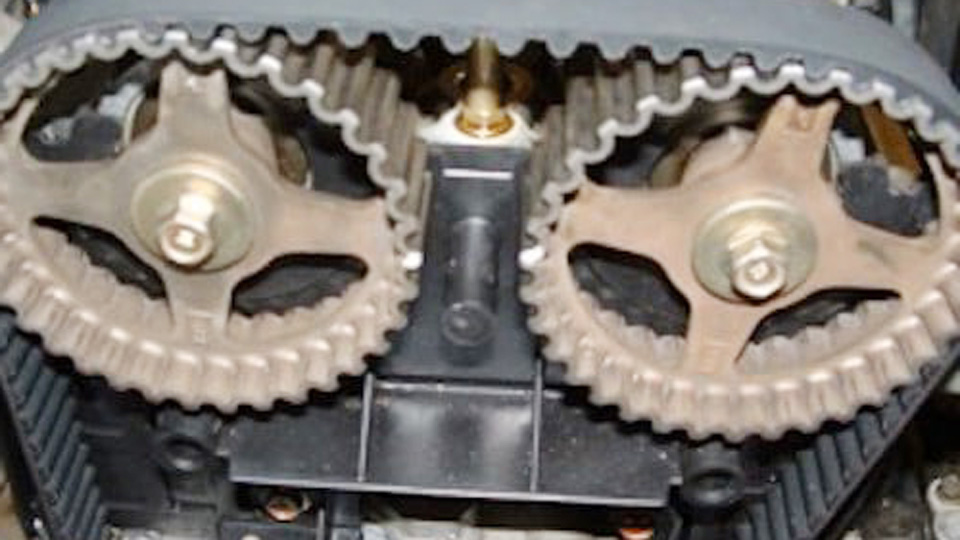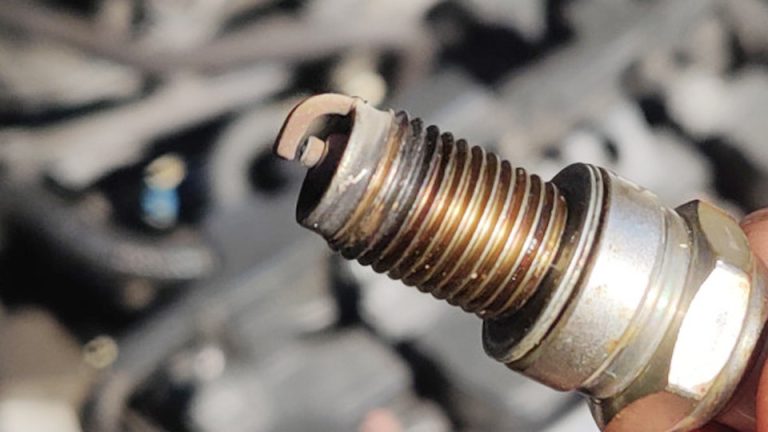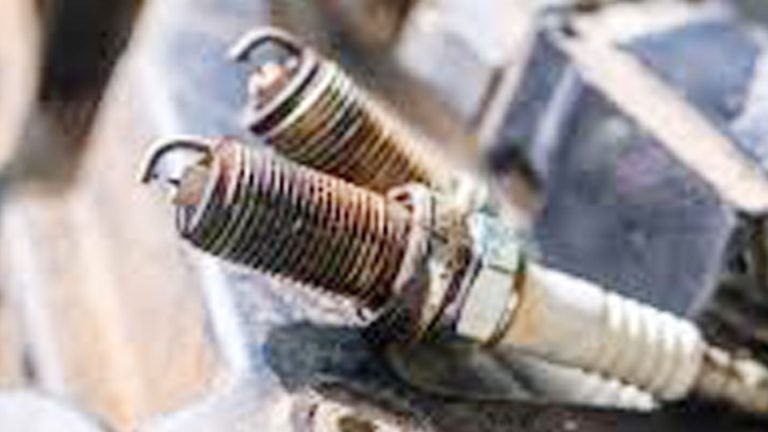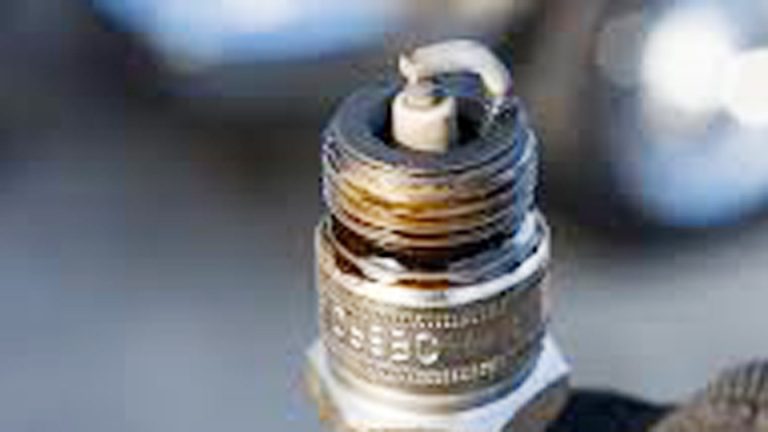One day my sedan was running fine, and the next, it was dead in the driveway with a repair bill that could’ve been avoided. If you’ve ever wondered how to know if your timing belt needs changing, you’re not alone. Many car owners aren’t sure when that hidden but critical part is ready to give out. The trouble is, a failing timing belt won’t always scream for attention — sometimes the signs are subtle, like unusual engine noises, rough idling, or trouble starting.
If the belt snaps while you’re driving, it can cause serious engine damage, leaving you stranded and facing a hefty repair bill. That’s why spotting the signs early is key to keeping your engine’s performance, safety, and wallet intact. In this guide, I’ll share the exact checks, tips, and real-world advice I use so you can avoid the same expensive mistake many car owners make.

Photo by shadetreegarage
What Is a Timing Belt and Why Should You Care?
Your car’s timing belt is like the conductor of an orchestra, ensuring the engine’s valves and pistons move in perfect harmony. This toothed rubber belt connects the crankshaft to the camshaft, controlling the timing of your engine’s combustion process. Without it, your engine wouldn’t run—or worse, it could suffer catastrophic damage if the belt fails.
For most cars in the US, like Hondas, Toyotas, or certain VWs, timing belts are a wear item, meaning they need regular replacement. Unlike timing chains, which are more durable and often last the life of the engine, timing belts are made of rubber and degrade over time due to heat, stress, and mileage. If you drive in hot climates like Arizona or face stop-and-go traffic in cities like Los Angeles, your belt takes an extra beating.
Why does this matter? A broken timing belt can cause your engine’s pistons to crash into the valves in an interference engine (common in many modern cars), leading to bent valves, damaged pistons, or even a totaled engine. Repairs can easily run $2,000–$5,000. Trust me, I’ve seen friends shell out that kind of cash because they skipped this maintenance. Let’s make sure that’s not you.
Common Signs Your Timing Belt Needs Replacing
Spotting a failing timing belt early can save you from a roadside nightmare. Here are the key symptoms I’ve learned to watch for after years of wrenching on cars.
Engine Misfires or Rough Idling
If your engine feels like it’s stuttering or shaking more than usual, the timing belt could be slipping. A worn belt might skip teeth on the camshaft or crankshaft, throwing off the engine’s timing. I once had a ’98 Toyota Corolla that started idling like it was doing the cha-cha. A quick inspection showed the belt was frayed, and replacing it fixed the issue before it got worse.
Strange Noises from the Engine
A ticking or squealing noise from under the hood is a red flag. When the timing belt starts to wear, it can slap against its cover or lose tension, creating a distinct sound. On my old Subaru, I heard a faint ticking that got louder over a week. Sure enough, the belt was starting to fray. If you hear this, don’t wait—check it out.
Check Engine Light Comes On
Your car’s onboard diagnostics might pick up timing issues, triggering the check engine light. Codes like P0300 (random misfire) or P0340 (camshaft position sensor) can point to a timing belt problem. When I worked on a friend’s VW Jetta, the light came on, and a scan tool confirmed the belt was causing timing errors. Always use a code reader to narrow it down.
Visible Wear or Damage
If you’re comfortable popping the hood, inspect the timing belt cover (if accessible). Look for cracks, fraying, or missing teeth on the belt. I’ve seen belts on older Fords where the rubber looked like it had been chewed by a dog. If you spot this, replace the belt immediately—it’s on borrowed time.
Engine Won’t Start
In the worst cases, a snapped timing belt means your engine won’t turn over at all. This happened to me on a cross-country trip in my old Mitsubishi. One minute I was cruising; the next, the engine died, and I was stuck on the side of I-80. If your car won’t start and you hear a free-spinning sound when you turn the key, the belt might be toast.
How Often Should You Replace Your Timing Belt?
Timing belts don’t last forever, and manufacturers know it. Most recommend replacement every 60,000 to 100,000 miles, but it depends on your car’s make and model. For example, older Toyotas like the Camry often call for a change at 90,000 miles, while some Hondas push it to 100,000. Check your owner’s manual for specifics—mine’s dog-eared from years of referencing it.
Driving conditions matter too. If you’re in a hot state like Texas or constantly idling in New York City traffic, the belt wears faster. I’ve seen belts in desert climates crack after just 70,000 miles due to extreme heat. On the flip side, if you’re in a milder climate like the Pacific Northwest, you might get closer to the upper end of the range.
Here’s a quick reference table for popular US car models:
| Car Make/Model | Recommended Timing Belt Replacement (Miles) |
|---|---|
| Honda Civic (2006–15) | 100,000 |
| Toyota Camry (1997–06) | 90,000 |
| VW Jetta (2000–14) | 80,000 |
| Subaru Outback (2000–10) | 105,000 |
| Ford Focus (2000–11) | 100,000 |
Pro Tip: If you’re buying a used car, ask for maintenance records. I once bought a cheap Acura only to find out the timing belt hadn’t been changed in 120,000 miles. That was a $600 lesson I didn’t need to learn twice.
Step-by-Step Guide to Inspecting Your Timing Belt
If you’re a DIYer like me, inspecting your timing belt is doable with some basic tools and patience. Here’s how I check mine on most cars. Warning: If you’re not comfortable working on engines, take it to a trusted mechanic. Messing up here can damage your engine.
Tools You’ll Need
- Socket wrench set
- Screwdrivers (Phillips and flathead)
- Flashlight
- Owner’s manual or service guide
- Optional: Inspection mirror
Steps to Inspect
Park and Prep: Park on a flat surface, engage the parking brake, and let the engine cool. Disconnect the battery for safety.
Locate the Timing Belt Cover: Find the plastic or metal cover over the timing belt, usually on the front of the engine. Your manual will show its exact spot.
Remove the Cover: Use your socket wrench or screwdriver to carefully remove the cover. On my Civic, it was just a few bolts, but some cars require removing other components like the serpentine belt.
Check for Wear: Shine a flashlight on the belt. Look for cracks, fraying, glazing (shiny spots), or missing teeth. Spin the crankshaft slightly (with a wrench) to inspect the entire belt.
Test Tension: Press lightly on the belt. It should feel firm but not rock-hard. Too much give means the tensioner might be failing.
Reassemble: If the belt looks good, put everything back together. If you spot damage, it’s time to replace it.
When to Call a Pro
If you see serious wear or aren’t sure what you’re looking at, don’t risk it. I once thought I could “limp” a frayed belt along for a few more weeks—big mistake. A good mechanic can confirm the issue and save you from bigger problems.
DIY Timing Belt Replacement: Is It Worth It?
Replacing a timing belt yourself can save you $300–$800 in labor costs, but it’s not for beginners. I’ve done it a few times on my cars, and it’s a long, precise job. Here’s a quick breakdown of what’s involved, plus pros and cons.
What You’ll Need
- Timing belt kit (includes belt, tensioner, and pulleys)
- Socket set, torque wrench, and screwdrivers
- Jack and jack stands
- Crankshaft pulley removal tool
- Service manual for your car
- Patience (seriously, this takes 4–8 hours)
Basic Steps
Disconnect Battery and Prep: Safety first. Disconnect the battery and jack up the car securely.
Remove Accessories: Take off the serpentine belt, alternator, and any components blocking the timing cover.
Align the Engine: Rotate the crankshaft to top dead center (TDC) using alignment marks. Your manual will show where these are.
Remove Old Belt: Loosen the tensioner and slide off the old belt. Check pulleys and tensioner for wear.
Install New Belt: Follow the manual’s routing diagram. Double-check alignment marks to avoid timing errors.
Reassemble and Test: Tighten everything to spec with a torque wrench, reassemble, and start the engine to check for issues.
Pros and Cons of DIY Replacement
| Pros | Cons |
|---|---|
| Saves significant labor costs | Time-consuming and complex |
| Learn more about your car | Risk of engine damage if done wrong |
| Satisfaction of doing it yourself | Requires specialized tools |
Warning: If you misalign the camshaft or crankshaft, you could wreck your engine. When I did my first timing belt job, I triple-checked every step and still sweated bullets starting the car. If you’re not confident, a pro is worth the cost.
Choosing the Right Timing Belt Kit
Not all timing belt kits are created equal. I’ve learned this the hard way after buying a cheap kit online that failed in under 20,000 miles. Stick to reputable brands like Gates, Dayco, or OEM parts from your car’s manufacturer. A good kit includes the belt, tensioner, idler pulleys, and sometimes a water pump (since it’s often replaced at the same time).
Here’s what to look for:
- Material Quality: High-quality rubber with strong reinforcement fibers.
- Complete Kit: Includes all necessary components to avoid extra trips to the parts store.
- Warranty: Look for at least a 1-year warranty.
- Compatibility: Double-check it matches your car’s make, model, and engine.
For example, a Gates timing belt kit for a 2006 Honda Accord runs about $150–$250 and includes everything you need. Compare that to a no-name brand for $80 that might fail early. Spend the extra—it’s worth it.
When to Replace the Water Pump Too
Since the water pump is often driven by the timing belt, many mechanics (myself included) recommend replacing it at the same time. It’s right there, and the labor’s already being done. A failing water pump can leak coolant onto the new belt, shortening its life. I learned this when a buddy’s water pump failed a year after a timing belt job, forcing him to pay for the same labor twice.
Replace the water pump if:
- It’s past 80,000 miles.
- You notice leaks or a wobbly pulley.
- Your car’s manual recommends it.
A decent water pump costs $50–$100, and doing it now can save you $500 later.
Timing Belt vs. Timing Chain: What’s the Difference?
Some cars, like many newer BMWs or Chevys, use a timing chain instead of a belt. Chains are more durable and often don’t need replacing, but they’re not perfect. Here’s a quick comparison:
| Feature | Timing Belt | Timing Chain |
|---|---|---|
| Material | Rubber | Metal |
| Lifespan | 60,000–100,000 miles | 150,000+ miles or lifetime |
| Maintenance Cost | $500–$1,000 (every 5–7 years) | Usually none |
| Noise | Quiet | Can be noisier |
| Failure Risk | High (catastrophic if breaks) | Lower, but still possible |
If you’re unsure what your car has, check the owner’s manual or ask your mechanic. My old Nissan had a chain, and I never worried about it, but my Honda’s belt kept me on a strict maintenance schedule.
Tips for Prolonging Timing Belt Life
You can’t make a timing belt last forever, but these tips can help it go the distance:
- Avoid Overheating: High engine temps accelerate rubber degradation. Keep your cooling system in top shape.
- Check Tensioners and Pulleys: A bad tensioner can wear out the belt faster. Inspect them during oil changes.
- Drive Smoothly: Aggressive driving stresses the belt. Ease off the redline burnouts (I know, it’s tempting).
- Regular Inspections: Pop the hood every 20,000 miles or so to check for wear.
I’ve found that keeping my cars’ cooling systems clean and avoiding short, hot trips in summer helps belts last closer to the manufacturer’s recommended interval.
What Happens If You Ignore a Worn Timing Belt?
Ignoring a failing timing belt is like playing Russian roulette with your engine. In a non-interference engine (rare in modern cars), a broken belt might just leave you stranded. But in an interference engine—like most Hondas, Toyotas, and VWs—the pistons and valves can collide, causing:
- Bent valves
- Damaged pistons
- Cracked cylinder head
- Total engine failure
I saw this firsthand with a friend’s VW Golf. He ignored the ticking noise for months, and when the belt snapped, his repair bill was $3,800. Don’t let that be you.
Conclusion
Your timing belt might be out of sight, but it should never be out of mind. Knowing how to spot the signs of a failing belt—like misfires, strange noises, or visible wear—can save you from a costly repair or a breakdown in the middle of nowhere.
Whether you’re a DIYer tackling the job in your garage or relying on a trusted mechanic, staying proactive is key. Check your mileage, follow your car’s maintenance schedule, and don’t skimp on quality parts. Your engine (and wallet) will thank you.
Keep a small notebook in your glovebox to track maintenance dates and mileage. It’s saved me from forgetting critical services like timing belt replacements more than once.
Frequently Asked Questions
How long does a timing belt last?
Most timing belts last 60,000 to 100,000 miles, depending on your car’s make, model, and driving conditions. Check your owner’s manual for the exact interval.
Can I drive with a bad timing belt?
No, it’s risky. A worn or damaged belt can snap, potentially causing severe engine damage, especially in interference engines. Get it checked ASAP.
How much does it cost to replace a timing belt?
Expect to pay $500–$1,000 for parts and labor at a shop. DIY replacements can cost $150–$300 for parts, but you’ll need tools and time.
Should I replace the water pump with the timing belt?
Yes, if it’s over 80,000 miles or shows signs of wear. It’s cost-effective since the labor is already being done.
How do I know if my car has a timing belt or chain?
Check your owner’s manual or ask your mechanic. Timing belts are common in older Hondas, Toyotas, and VWs, while chains are found in many newer models.



